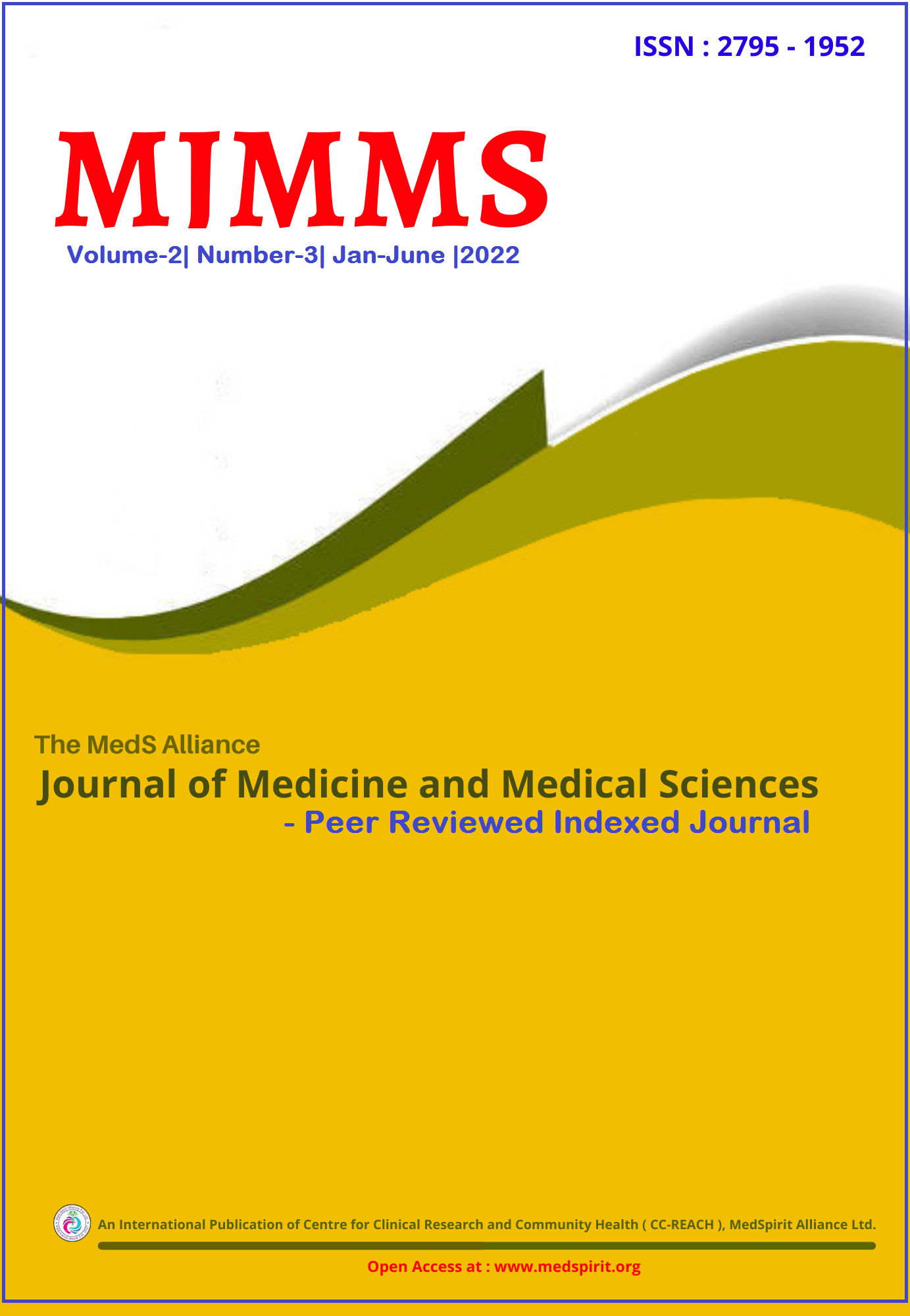Adherence to Anti-tubercular Agents in DOTS Center in Western Nepal
DOI:
https://doi.org/10.3126/mjmms.v2i3.47654Abstract
INTRODUCTION: Tuberculosis is an infectious disease caused by Mycobacterium tuberculosis and is one of the major public health problems in developing countries like Nepal. Despite the availability of effective tuberculosis treatment regimens, patients must take a combination of anti-tubercular drugs for at least six months and may endure numerous side effects, making treatment compliance exceedingly difficult to maintain. The primary objective of the study was to assess the adherence rate to anti-tubercular agents and to find the prevalence of adverse drug reactions to the anti-tubercular therapy.
MATERIALS AND METHODS: This study was an observational study conducted in the DOTS centers of UCMS-TH, Bhairahawa, and Lumbini Provincial Hospital Butwal. A semi-structured questionnaire was used to collect data from 170 participants to determine the adherence rate to anti-tubercular therapy and the incidence of associated adverse drug reactions. Statistical Package for Social Sciences (SPSS Version 20) program was used to enter and analyze the data. The association between adherence and other variables was established using the Chisquare test.
RESULTS: The adherence rate to anti-tubercular therapy was found to be 159 (93.5%). The major reasons for non-adherence include forgetfulness 8 (72.72%) followed by adverse effects 2 (18.18%) and transport difficulty in reaching the health facility 1 (9.1%). The prevalence of adverse drug reactions was 58 (34.12%) (27.1 - 41.2 at 95% Confidence Interval). Adherence was significantly associated with the experience of adverse effects, literacy, marital status, area of residence, and age of the participants.
CONCLUSIONS: The adherence rate to anti-tubercular therapy was very high, which can be the primary determinant of tuberculosis treatment success.
Downloads
Downloads
Published
How to Cite
Issue
Section
License
Copyright (c) 2022 Anjan Palikhey, Dil Kapoor Kohar, Amit Kumar Shrivastava, Jharana Shrestha, Laxmi Shrestha, Chandrajeet Kumar Yadav, Jyoti Priyanka, Lokeshwar Chaurasia, Dipendra Chaudhary

This work is licensed under a Creative Commons Attribution-NonCommercial 4.0 International License.




